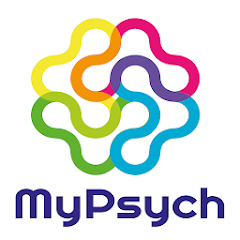Symptoms of toxicity include;
- coarse tremor
- muscle twitches
- gastric upset including diarrhoea
- muscle weakness
- unsteady gait/falls
- slurred speech
- blurred vision
- drowsiness
- confusion
Services should have a low threshold of suspicion for toxicity and undertake additional levels to confirm or discount toxicity as a matter of urgency.

